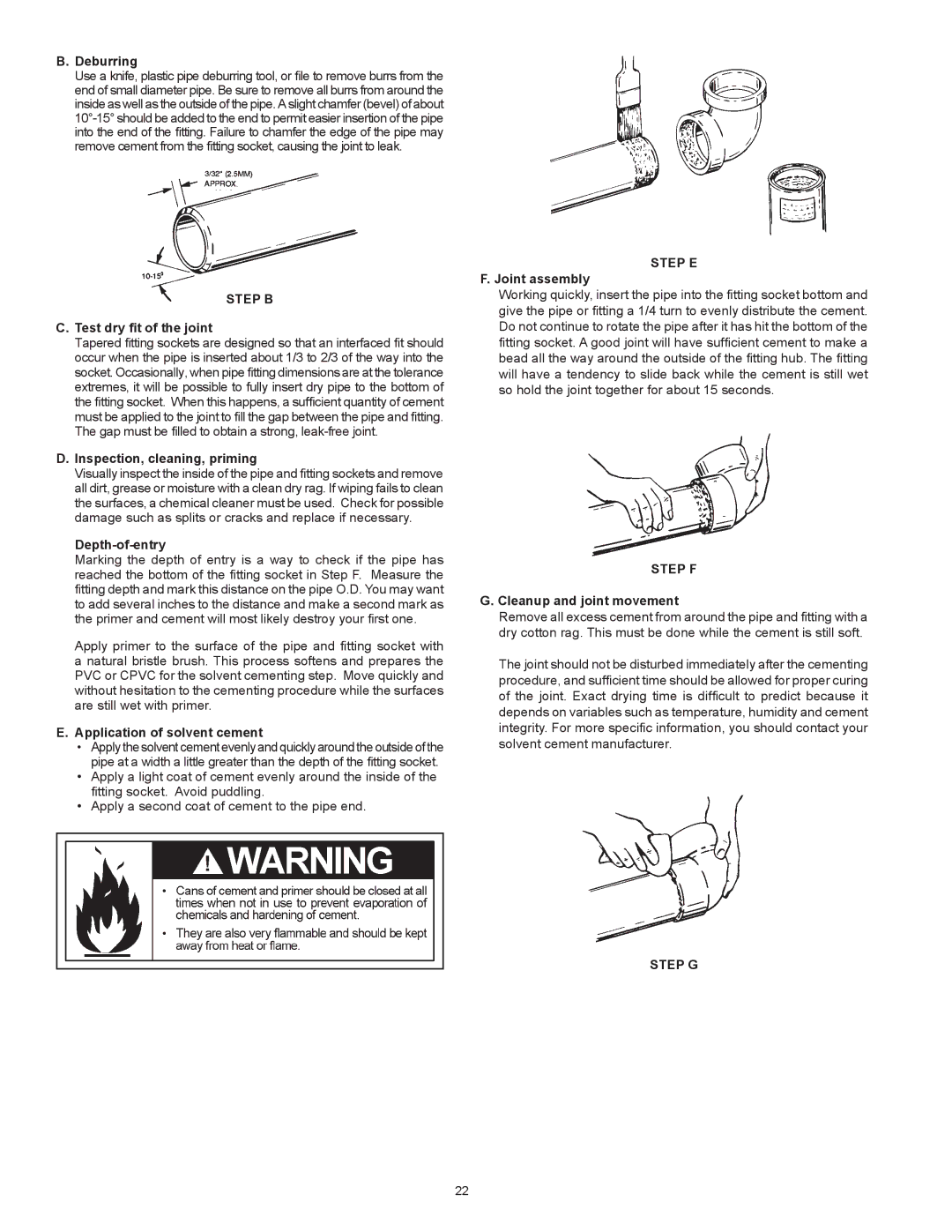GS675YRVLT specifications
The State Industries GS675YRVLT is a highly efficient and reliable water heater designed for residential use. It features advanced technologies and specifications that cater to the needs of modern households, making it an excellent choice for those seeking comfort and convenience in their hot water supply.One of the standout features of the GS675YRVLT is its Energy Star certification, which signifies that it meets strict energy efficiency guidelines set by the U.S. Environmental Protection Agency. This certification not only ensures lower utility bills for homeowners but also contributes to reduced environmental impact, aligning with sustainable practices.
The unit is equipped with a powerful 67-gallon tank, providing ample hot water for larger families or households with high hot water demands. With its recovery rate, it can deliver consistent hot water, making it ideal for simultaneous use in multiple outlets, such as showers, dishwashers, and laundry machines.
A key characteristic of the GS675YRVLT is its durable construction. The tank is built with a glass lining that resists corrosion, extending the life of the water heater and minimizing the need for frequent replacements. Additionally, the reinforced insulation helps retain heat, improving the overall energy efficiency of the system.
The GS675YRVLT utilizes advanced heating technology. It features a high-efficiency gas burner that accelerates the heating process, ensuring quicker access to hot water. The combination of this burner and the unit's insulation means that users benefit from lower energy consumption without sacrificing performance.
Safety is also a priority in the design of this water heater. The GS675YRVLT includes a pressure relief valve, which prevents excessive pressure buildup, and it is equipped with a flame arrestor, minimizing the risk of combustion. These safety features are essential for ensuring peace of mind for homeowners.
User-friendly controls and a digital thermostat are other notable aspects of this unit. They allow for easy temperature adjustments and monitoring of energy usage.
In summary, the State Industries GS675YRVLT is a top-tier water heater that combines energy efficiency, robust construction, advanced technologies, and safety features. It is an ideal solution for those looking to enhance their home's hot water system while also being considerate of energy consumption and environmental responsibility.

